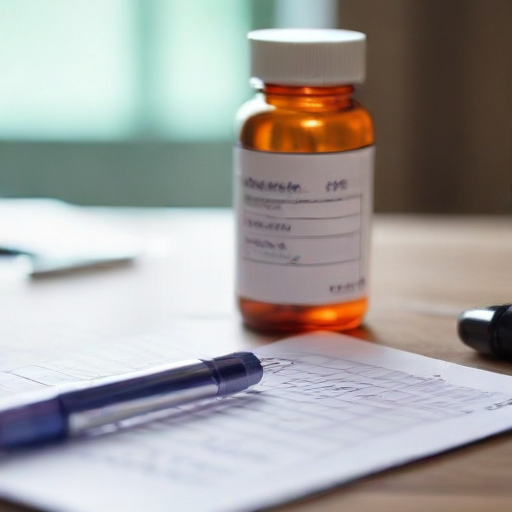A recent study published in the Annals of Internal Medicine indicates a significant shift in the prescription patterns of GLP-1 medications, which were initially developed to treat type 2 diabetes. While prescriptions for individuals with diabetes are declining, the number of prescriptions for those without diabetes is increasing. This trend has raised concerns about potential shortages of these vital treatments.
GLP-1 drugs, such as Ozempic, Wegovy, Zepbound, and Mounjaro, function by mimicking a hormone that helps regulate blood sugar levels and suppress appetite. Their approval for weight loss in 2021 by the FDA has contributed to their rise in popularity. Researchers from Cedars-Sinai Medical Center analyzed medical records of 45 million Americans over the past 12 years and found that the proportion of new GLP-1 users with type 2 diabetes fell from nearly 90% in 2019 to over 70% in 2023. Conversely, the share of new users without diabetes increased from 10% to 25% during the same period.
Yee Hui Yeo, a co-author of the study, noted that this shift signifies a growing recognition among healthcare providers of the benefits these medications offer for obesity management. However, she emphasized the importance of ensuring that diabetes patients continue to have access to these essential treatments as demand surges.
The surge in demand for GLP-1 medications has transformed Eli Lilly and Novo Nordisk into leading pharmaceutical powerhouses, although it has also led to challenges in fulfilling prescriptions for patients. Both companies are investing heavily to enhance their production capabilities.
Analysts at Morgan Stanley project that the global market for GLP-1 drugs could reach an impressive $105 billion by 2030, with an expectation that about 31.5 million people in the U.S.—approximately 9% of the population—will adopt these treatments by 2035.
In summary, while this shift in prescription trends highlights the growing recognition of obesity as a serious health issue, it also underscores the need for continued accessibility of these medications to those who need them most. With increased investments and research, there is hope that the pharmaceutical industry can meet the rising demand while ensuring that all patients receive the care they require.
